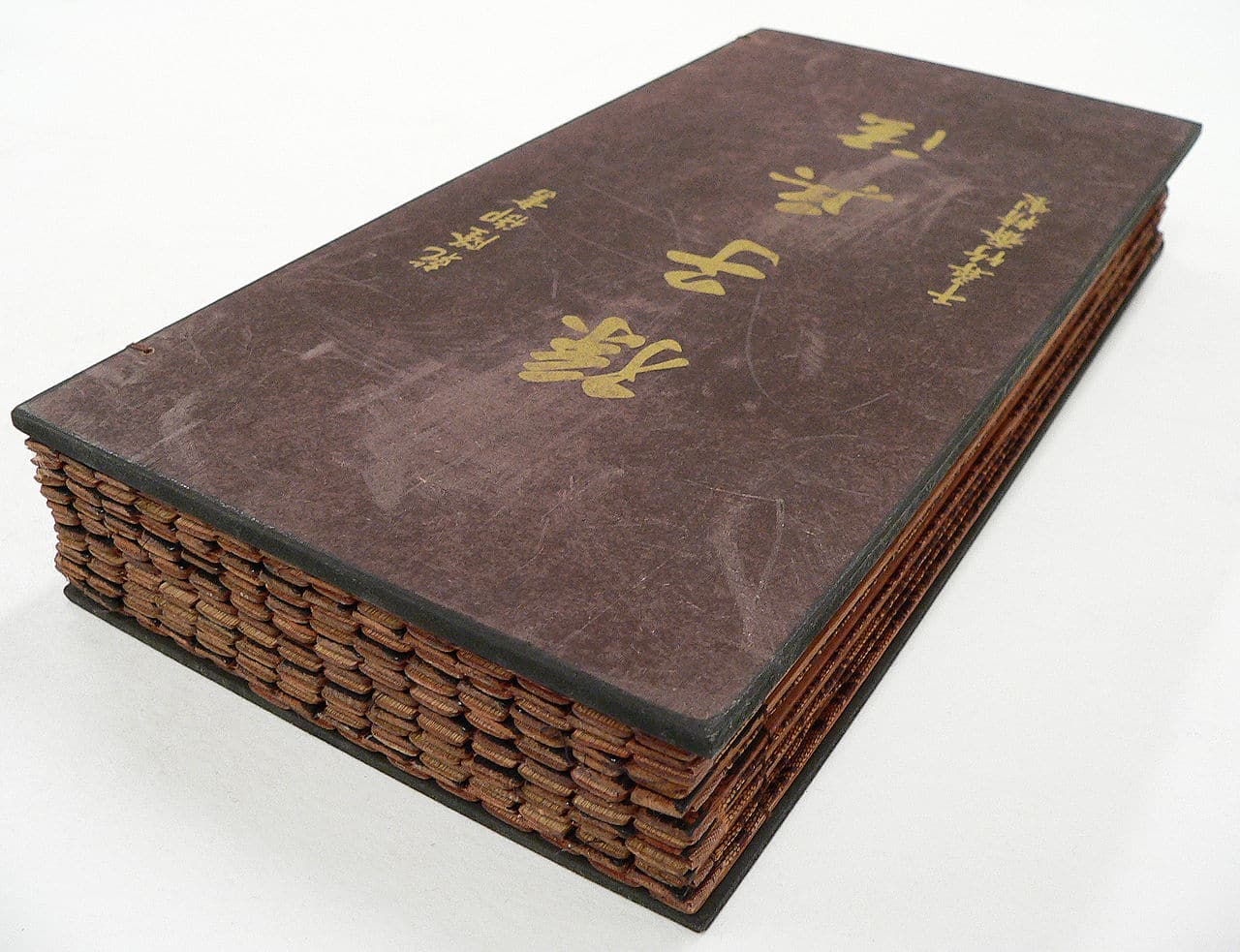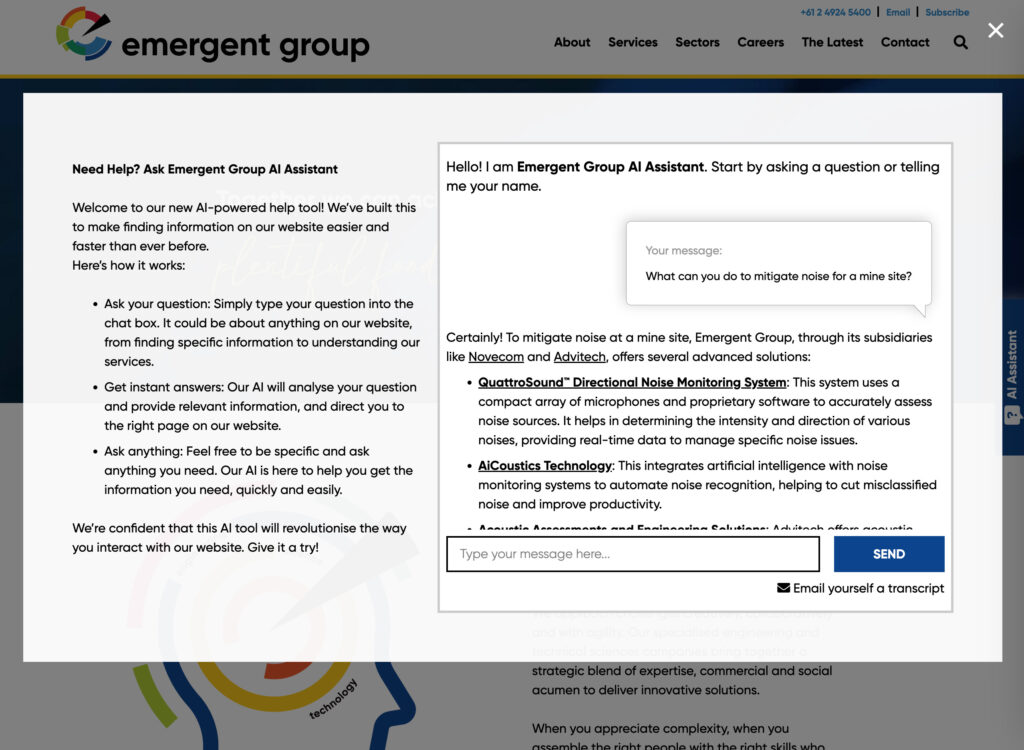Sun Tzu’s Art of War has been considered a staple business text for people wishing to hone their strategic thinking in approaching their competitive marketplace. The text was written in 6th century BC China as a guide to military success however the main tenets of the military strategy have been adopted and applied to business strategic management. As much as it is on the surface military strategy, it is really psychology and science, which is why it is applicable to fields such as marketing, strategic planning, and overall management.
I thought this review could present some lessons we can take from Sun Tzu’s strategic recommendations as they might pertain to marketing. First, however, a bit of a snapshot of the book.
The book is set out in 13 chapters, each representing an aspect of battle that contains key techniques. The overall aim, many believe, of the book is to encourage winning the war without actually fighting, which is nice. This would also be a great outcome in marketing, if we can win market share without spilling blood in time, money, and resources, we would be in a winning position compared to our competitors.
I will use the headings of my version of the book, and then give more common interpretations of the chapter and a short précis of what each is about.
1 – Estimates – otherwise interpreted as Laying Plans – is about having an understanding of the end goal, the climate, the resources, the available weapons, and strategies that can be employed.
2 – Waging War – otherwise interpreted as The Challenge – is about understanding that you want to achieve victory at as little a cost as possible. Aiming fast and true, and not being exposed to a drawn-out campaign.
3 – Offensive Strategy – otherwise interpreted as The Plan of Attack – details the ingredients required to succeed in war, the ability to attach, a strategy, allies, armies, and cities. Think of it as getting your ducks in a row. Strength is is unity rather than size.
4 – Dispositions – otherwise interpreted as Positioning – is about knowing yourself as well as knowing your enemy. Detailed knowledge of the enemy, as well as where you are stronger. This allows you to recognise a weakness and pursue it with a strength, and also allows the ability to pivot sharply if required.
5 – Energy – otherwise interpreted as Use of Energy or Directing – this is about being creative and recognising wise timing in mounting a campaign. Where to focus energy and when to unleash it.
6 – Weaknesses and Strengths – looking for weak spots in the enemy and avoiding the strong, knowing the enemy well.
7 – Manoeuvre – otherwise interpreted as Engaging the Force – talks about being wise in your approach or attack and defence. Leading smart and not laughing the sheep to the wolves.
8 – The Nine Variables – otherwise interpreted as Variations of Tactics – really about the ability to be flexible and adapt to changing conditions, as well as to employ a variety of tactics to outsmart the enemy.
9 – Marches – otherwise interpreted as Moving The Force – how to move your army according to the changing circumstances it is presented with.
10 – Terrain – otherwise interpreted as Situational Positioning – a bit of a boring chapter about the varieties of ground and field positions you might be presented with and how your strategy might need to change.
11 – The Nine Varieties of Ground – otherwise interpreted as The Nine Situations – This is more that situation or mood of the forces, how they are presenting themselves as a collective, and how they are responding. What is the army doing, how are they behaving, and what to do in various circumstances.
12 – Attack by Fire – or Fiery Attack – the use of weapons and the need to be quick in the deployment of them whilst maintaining unity, spirit and strength.
13 – Employment of Secret Agents – otherwise interpreted as Use of Intelligence – about the use of trusted allies or sources of information. The power of knowledge.
Now that I have laid out the contents of The Art of War as it is presented in the text. What does the book offer the modern business manager and marketer? For me, the lessons fall under two areas: awareness and strategy.
Awareness is about your own assets, resources, strengths, and weakness, and those of your competitors. I have written about competitive analysis previously, but it important to remind readers that self-awareness is very important. It is potential disaster to embark on a competitive move in a marketing campaign or new product development without a clear understanding of your own limitations in financial resources, the capabilities, of your team, the expertise you have at hand, as well as the external business environment.
It is one thing to “know your enemy”, but another to understand who your true enemies are. I mention this as I see small businesses aim up to much larger business and fire marketing expense right at the core of their strength. This is bound to fail. Understanding your own competitive strengths and weakness, and those of your competitors will inform you not only what to attached, where, and when, but also, at whom.
The Strategy lessons involve awareness but are also about planning. I have approached it as secondary to awareness because I don’t believe you can form a successful strategy without having a strong understanding of your own assets and capabilities first. Strategy comes from what can you do, with what, and via which channels. Having an understanding of your own product and service strengths and weaknesses informs what you can focus on in terms of marketing a solution to a problem. An understanding of your resource and team capabilities and limitations will lead you to choose the right creative approach and variations to employ in response to market reaction, being aware of your competitive marketplace, understanding your customers or those customers being abandoned by your competitors can inform a strategic decision around which marketing channels you choose to deploy and which to avoid.
There is a third aspect that shouldn’t be ignored, and this is about team. Being an ancient military text, it can be pretty brutal in how it advocates one should build loyalty, it does however emphases the need for unity, high spirit and energy and commitment. Without these traits in your working team, the amount of strategy and awareness you bring to bear to a campaign can be in vain.
I guess a book written millennia ago, but that is still called upon today, and referenced in business literature says a lot about what it offers. It might be why much of the above is somewhat fundamental, but it is fun to draw it back to ancient handbook on military strategy. Beyond the points made about awareness and strategy, for those with an ultra-competitive spirit, it can inspire some energy. I am sure there are a few business leaders who treat The Art of War as their management bible.




